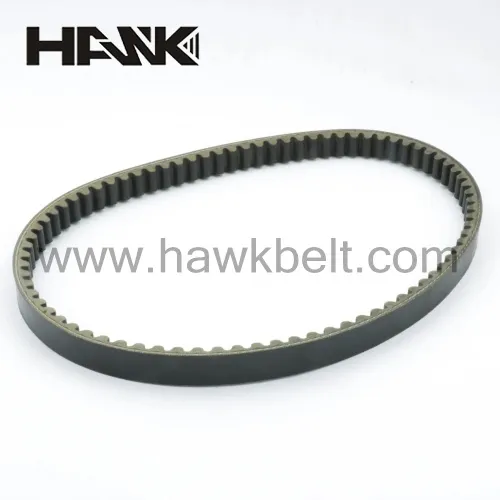- Arabic
- French
- Russian
- Spanish
- Portuguese
- Turkish
- Armenian
- English
- Albanian
- Amharic
- Azerbaijani
- Basque
- Belarusian
- Bengali
- Bosnian
- Bulgarian
- Catalan
- Cebuano
- Corsican
- Croatian
- Czech
- Danish
- Dutch
- Afrikaans
- Esperanto
- Estonian
- Finnish
- Frisian
- Galician
- Georgian
- German
- Greek
- Gujarati
- Haitian Creole
- hausa
- hawaiian
- Hebrew
- Hindi
- Miao
- Hungarian
- Icelandic
- igbo
- Indonesian
- irish
- Italian
- Japanese
- Javanese
- Kannada
- kazakh
- Khmer
- Rwandese
- Korean
- Kurdish
- Kyrgyz
- Lao
- Latin
- Latvian
- Lithuanian
- Luxembourgish
- Macedonian
- Malgashi
- Malay
- Malayalam
- Maltese
- Maori
- Marathi
- Mongolian
- Myanmar
- Nepali
- Norwegian
- Norwegian
- Occitan
- Pashto
- Persian
- Polish
- Punjabi
- Romanian
- Samoan
- Scottish Gaelic
- Serbian
- Sesotho
- Shona
- Sindhi
- Sinhala
- Slovak
- Slovenian
- Somali
- Sundanese
- Swahili
- Swedish
- Tagalog
- Tajik
- Tamil
- Tatar
- Telugu
- Thai
- Turkmen
- Ukrainian
- Urdu
- Uighur
- Uzbek
- Vietnamese
- Welsh
- Bantu
- Yiddish
- Yoruba
- Zulu
Jul . 31, 2024 12:18 Back to list
Understanding the Benefits and Applications of Double Toothed Belts in Industrial Machinery
Understanding Double Toothed Belts A Key Component in Mechanical Engineering
In the realm of mechanical engineering, the importance of power transmission systems cannot be overstated. Among these systems, the double toothed belt stands out as an innovative and efficient solution for conveying motion and power in various applications. This article explores the structure, advantages, and applications of double toothed belts, providing insight into why they are a preferred choice in many industries.
A double toothed belt, also known as a synchronous belt, is characterized by its unique design featuring teeth on both sides of the belt. This design allows for a greater engagement surface area with the pulleys, providing enhanced grip and reducing the likelihood of slippage. Unlike traditional V-belts, which rely on friction to transmit power, double toothed belts ensure precise and consistent movement, making them ideal for applications where timing and synchronization are critical.
One of the primary advantages of using double toothed belts is their high efficiency. With minimal energy loss during operation, they achieve efficiency rates often exceeding 90%. This efficiency translates into reduced energy consumption and lower operational costs, making them a cost-effective solution for many mechanical systems. Additionally, their design minimizes noise levels during operation, contributing to a quieter working environment.
Durability is another key feature of double toothed belts. Constructed from high-quality synthetic materials, these belts are resistant to wear and tear, heat, and chemical exposure. This robustness ensures a longer service life compared to traditional belts, which may require frequent replacements. Consequently, industries benefit not only from the reliability of double toothed belts but also from decreased maintenance efforts and costs.
double toothed belt

The versatility of double toothed belts is reflected in their wide-ranging applications across various industries. In the automotive sector, they are commonly used in timing belt systems to ensure synchronized operation of engine components. This synchronization is crucial for optimal engine performance and efficiency. Similarly, in the manufacturing industry, double toothed belts are employed in conveyor systems, robotic applications, and automated machinery, facilitating precision in movement and timing.
Moreover, double toothed belts play a significant role in the field of robotics, where precision and reliability are paramount. They are used in servo motors and linear actuators, where accurate positioning and smooth motion are essential for the successful execution of tasks. Their capacity to handle high loads while maintaining accuracy makes them a preferred choice for advanced robotic designs.
Besides mechanical and automotive applications, double toothed belts find their place in everyday devices as well. They are used in printers, sewing machines, and fitness equipment, among others. The ability to transmit power effectively and maintain synchronization ensures that these devices function smoothly, enhancing user experience and performance.
In conclusion, double toothed belts are a critical component in modern mechanical systems. Their unique design offers a combination of efficiency, durability, and versatility, making them suitable for a wide array of applications. As industries continue to evolve and demand greater precision and reliability, the role of double toothed belts in mechanical engineering will undoubtedly expand, solidifying their position as an indispensable element in the industry. Understanding and utilizing these belts can lead to significant advancements in performance and efficiency across various fields.
-
Upgrade Power Steering Pump Belt for Smooth, Quiet Operation
NewsAug.27,2025
-
Precision Timing Belt & Chain: Engine Performance & Durability
NewsAug.26,2025
-
Precision Lathe Drive Belts: Durable & Reliable Performance
NewsAug.25,2025
-
84.5 Serpentine Belt: Durable & Precision Fit for Your Engine
NewsAug.24,2025
-
Premium Ribbed Drive Belts for Quiet Power Transmission
NewsAug.23,2025
-
High-Performance Vehicle Timing Belt for Engine Precision
NewsAug.22,2025

